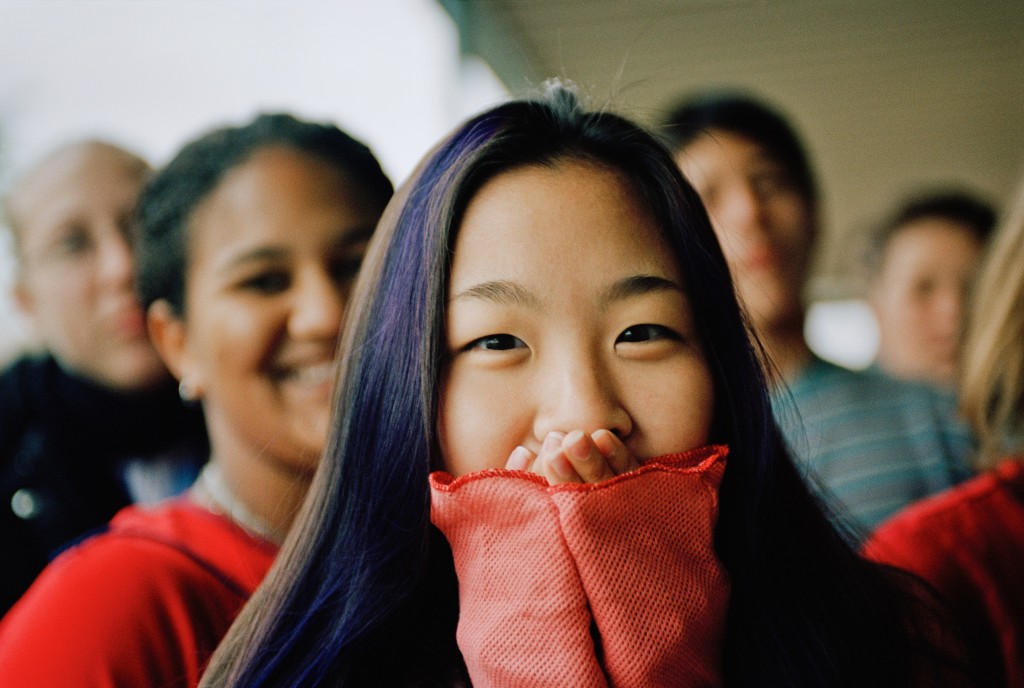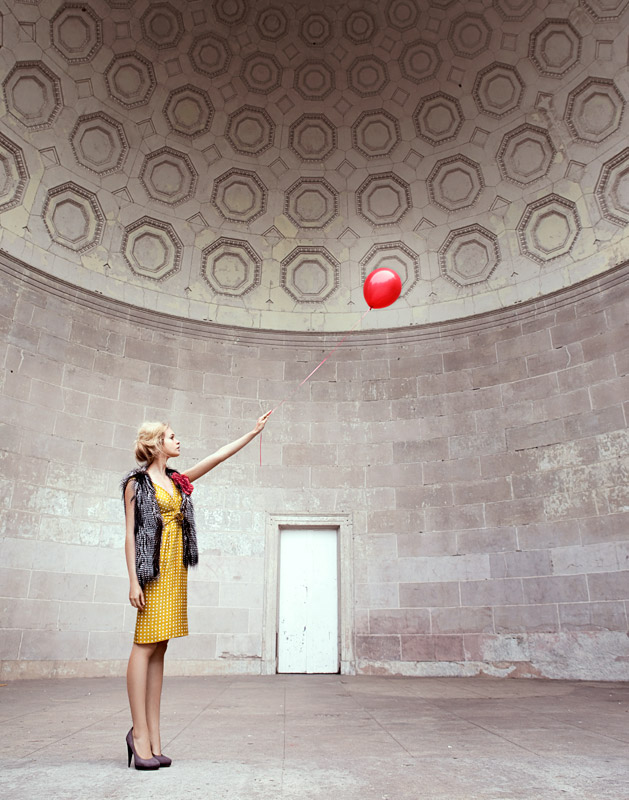Lindsey Nicholson has been working for over 25 years in the stock photography industry. Calling her a photo editor and marketer would do a disservice to her wide skill set. She has worked in agencies editing and selling images, and produced shoots, but now works for a number of stock photo libraries including Universal Image Group (UIG), marketing their content, as well as mentoring young photographers for the Young Photographers’ Alliance.

When she left art school in she had never even heard of the stock photography industry, but finding that starving in a garret in New York did not appeal, she drifted into an entry-level job for The Stock Market. “Owners Sally Lloyd and Richard Steadman took me under their wing and in two or three years taught me everything about the industry from the ground up.”
Lindsey soon found that she loved working with photographers, as a kind of guide to the industry, because she could see what was selling and how to direct a particular photography talent in an appropriate direction. It often takes an outside eye like Lindsey’s to see what an artist is capable of creating.
Around the early 1990s many agencies had creative staffs who could edit the submissions, give photographers feedback on what worked and what did not, and offer a more personal relationship than is the case with many agencies now. The arrival of the internet changed all that. It also made the selling of images speedier and more transparent. “We were moving into new territory, new marketplaces were opening up, and you could also see quickly via sales what worked commercially and what did not. Some images would be RM and others destined for the new RF and subscription-based markets.”

Lindsey became a little frustrated because she was too far downstream, editing images that had already been created, “I wanted to have more influence over what photographers were shooting, rather than always critique existing work that couldn’t be changed” she says.
Following her desires to become more part of the production process she moved from small agency WireImage to Jupiter Images – which was then the third largest photolibrary in the world – as a Collection Director, hiring the photographers, stylists and models and art directing the shoots, building collections from the bottom up. “I knew how to create very marketable images from very early in the process.”
After Jupiter was bought by Getty she went freelance. She now works for a number of agencies, including Universal Images Group, analyzing and marketing their collections, and consulting over the integration of specialized niche collections. She also represents a few photographers who inspire her. “I like to be part of the creative process – what is the story we are trying to tell? What does the photographer want to achieve creatively? What market are we aiming for? Having an outside eye is very valuable in this journey.”
A few years ago she had the opportunity to edit Doug Menuez’s back catalog. During his extensive career Menuez has been a photojournalist, a portraitist, a landscape artist, and a commercial photographer. This assignment was meant to be two months work but the scale of his collection meant that it is expanded till it took up 8 months.

Lindsey is still excited by photography, by being presented with something she hasn’t seen before. “What I love about our industry is that it is open to a wide range of talent, from the old timers who have been around a lot to the newbies who are just getting out of art school and who have something to say about the world we live in.” This translates into her mentoring program work at Young Photographers Alliance – YPA – to help them develop creatively and also acquire those critically important business skills that they need to ensure commercial success. “I like finding talented photo professionals who are open to helping the next generation get better at what they do and make a better living at it.”
The new waves of photography generated by mobile media and smartphones intrigues her. She thinks it can help her identify trends, and also create a freshness, “Sometimes a non-professional photographer can bring this naiveté, this outsider perspective to a subject.”
New areas are opening up for delivery of images, like Instagram, Foap and Flickr. Photographers are going to have to be more adaptable to cope with a world saturated in images. “I’ve been told the stock photography business is dying ever since I got into it 25 years ago,” she laughs, “I see it more as growing and changing, not falling apart. I know these are tough times, but I would also say that there is plenty of room for creativity and enough space to make a living out of the greater options that are now out there.”
What advice would she give people? “You have to have a story to tell, something your perspective makes unique, so that people will look at it. I also think humor can make more of an impact and funny things often linger longer in the mind than more serious images, so I always try to encourage photographers to look for the humor in situations.”
Finally her lighthearted self-job-description is, “One part therapist, one part cheerleader and one part market expert.”

Lindsey’s website is www.lindseynicholson.com and she can be found on Instagram (@linzart). All images are copyright of the individual photographers or photolibraries.

